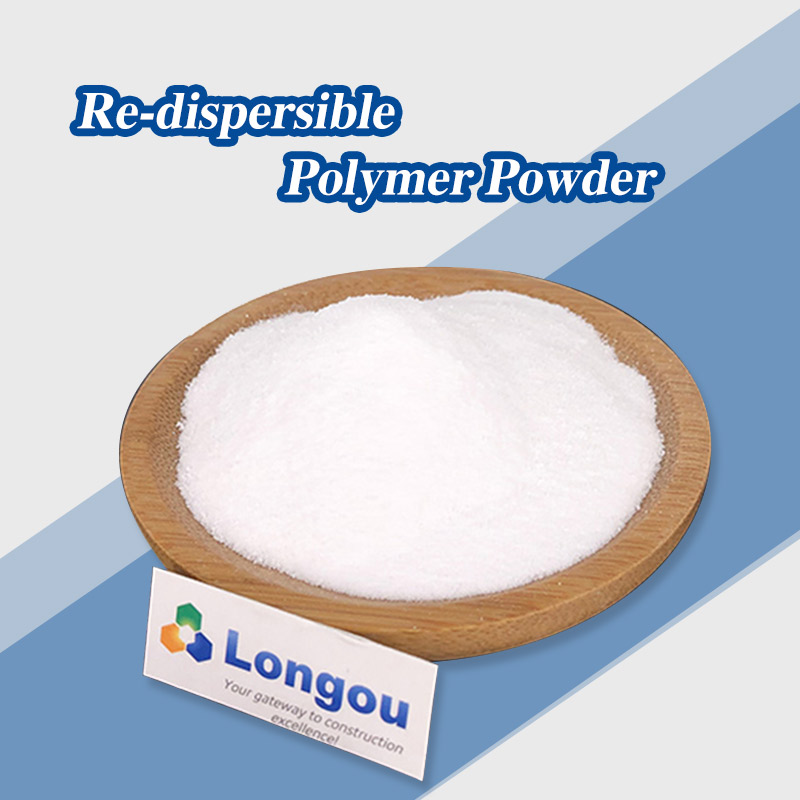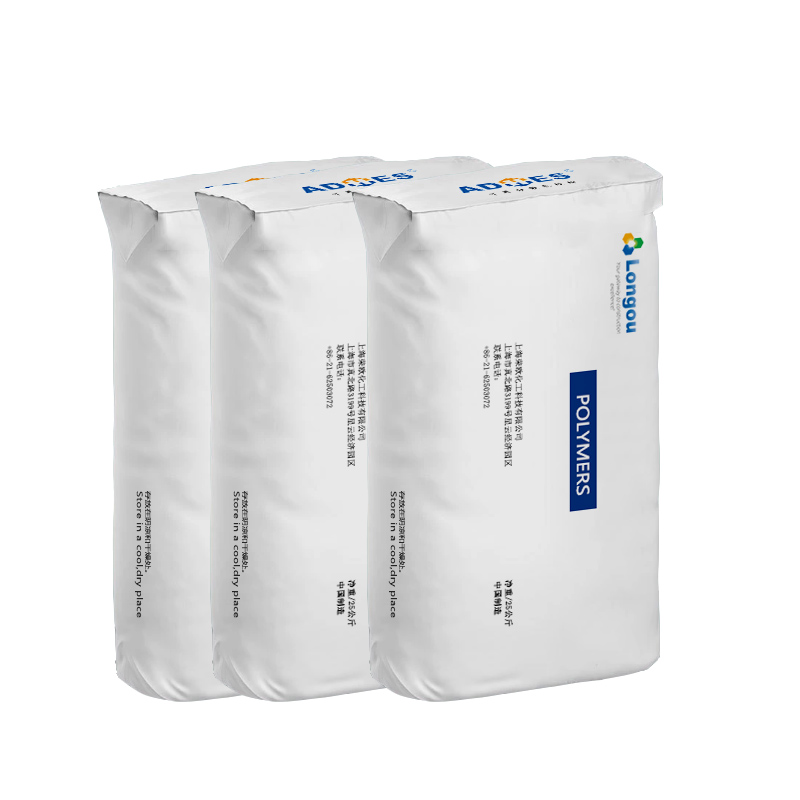The redispersible latex powder product is water-soluble redispersible powder, which is divided into ethylene/vinyl acetate copolymer, vinyl acetate/ethylene tert carbonate copolymer, acrylic acid copolymer, etc. The powder adhesive made after spray drying uses polyvinyl alcohol as protective colloid. This kind of powder can be quickly redispersed into lotion after contacting with water. Because redispersible latex powder has high adhesive ability and unique properties, such as water resistance, workability and heat insulation, their application range is extremely wide.


Performance characteristics
It has extremely outstanding bonding strength, improves the flexibility of the mortar and has a long opening time, endows the mortar with excellent alkali resistance, improves the adhesion, bending strength, waterproofing, plasticity, wear resistance, and workability of the mortar. In addition, it also has strong flexibility in flexible crack resistant mortar.
RPP Application Area
1. External wall insulation system: Bonding mortar: Ensure that the mortar firmly adheres the wall to the EPS board. Improve bonding strength. Plastering mortar: Ensure the mechanical strength, crack resistance, durability, and impact resistance of the insulation system.
2. Tile adhesive and joint filler: Tile adhesive: Provides high-strength bonding for mortar, providing sufficient flexibility to strain the different thermal expansion coefficients of the substrate and ceramic tiles. Joint filler: The impermeability of mortar to prevent water intrusion. At the same time, it has good adhesion with the edges of ceramic tiles, low shrinkage rate, and flexibility.
3. Tile renovation and wooden board plastering putty: Improve the adhesion and bonding strength of the putty on special substrates (such as ceramic tiles, mosaics, plywood, and other smooth surfaces), ensuring that the putty has good flexibility to strain the expansion coefficient of the substrate.
4. Interior and exterior wall putty: Improve the bonding strength of the putty, ensuring that the putty has a certain flexibility to cushion the different expansion and contraction stresses generated by different base layers. Ensure that the putty has good aging resistance, impermeability, and moisture resistance.
5. Self leveling floor mortar: Ensure the matching of elastic modulus, bending resistance, and crack resistance of the mortar. Improve the wear resistance, bonding strength, and cohesion of mortar.
6. Interface mortar: Improve the surface strength of the substrate and ensure the bonding strength of the mortar.
7. Cement based waterproof mortar: Ensure the waterproof performance of the mortar coating, and have good adhesion with the base surface, improving the compressive and flexural strength of the mortar.
8. Repair mortar: Ensure that the expansion coefficient of the mortar matches that of the substrate, and reduce the elastic modulus of the mortar. Ensure that the mortar has sufficient hydrophobicity, breathability, and bonding strength.
9. Masonry and plastering mortar: improve water retention. Reduce water loss on porous substrates. Improve the simplicity of construction operations and improve work efficiency.
Redispersible Polymer Powder Advantage
No need to store and transport with water, reducing transportation costs; Long storage period, anti freezing, easy to keep; The packaging is small in size, light in weight, and easy to use; It can be mixed with a water-based binder to form a synthetic resin modified premix. When used, only water needs to be added, which not only avoids errors during mixing on site, but also improves the safety of product handling.
Post time: Oct-08-2023





